MARKET OVERVIEW
The Global Sleep Apnea Devices market is an important section of the medical device industry as it develops diagnostics and therapy for sleep apnea, which is a very common and potentially serious sleep disorder. This market has various devices that help individuals to cure obstructive sleep apnea, central sleep apnea, complex sleep apnea syndrome.
The condition is further characterized by repeated interruptions in breathing during sleep, resulting in poor sleep quality and other health complications, and these devices play an important role in managing the condition. There will continue to be innovation in worldwide Sleep apnea devices market technologies, leading to resulting advances in both efficiency and ease of use. Strong drivers for demand in sleep apnea devices will be the continued rising awareness of the disorder and its health implications. Serious health conditions related to sleep apnea include hypertension, cardiovascular diseases, diabetes, and stroke. The more the knowledge deepens regarding these relationships, the greater the requirement will be for efficiently managing tools.
Technological innovation must be used to spearhead market evolution in this industry. Researchers and developers will invest their time in research and development to stay in the game with such innovations; therefore, such devices are launched to have better features concerning patients' comfort, data connectivity, and even higher therapeutic efficacy. Innovation in devices will be witnessed and will likely allow real-time monitoring and even data sharing with healthcare providers upon integration into the digital health platforms.
It will advance the facilitation of more personalized treatment plans and better outcomes for patients. Higher growth in the prevalence of sleep apnea in regions worldwide will also underpin the increase in the market. Other factors driving up the number of patients is increasing obesity levels, changing demographics, and more access to health services. Manufacturers will then be compelled to create more innovative yet cost-effective devices to treat this massive and diverse population. The Global Sleep Apnea Devices market continues to be competitive, with the major players looking at various strategic initiatives such as mergers and acquisitions and partnerships, which would help companies add more products to their portfolio, increase market presence, and exploit synergies for growth. In the dynamics of the market, regulatory approval will play a key role; since stringent standards concerning safety and efficacy are considered.
Geographical growth would also come to the market, primarily in developing economies, wherein healthcare infrastructure is continuously on the rise. Such geographies represent considerable opportunities for players in this market to explore previously underserved populations. Greater investments in health and government initiatives to further improve management of sleep disorders will also drive growth opportunities in these regions.
The Global Sleep Apnea Devices market is a subsegment of the health care industry specifically geared toward overcoming the challenges associated with sleep apnea. As technology and awareness continue to improve and more patients are being treated, the market will continue to grow, addressing even more patients with improvement solutions in the quality of their life. Most companies are operating in uncharted geographic and regulatory terrain. The market trajectory will be shaped by a mix of innovation, strategic initiatives, and the absolute commitment to further improving patient care.
Global Sleep Apnea Devices market is estimated to reach $9185.1 Million by 2031; growing at a CAGR of 6.0% from 2024 to 2031.
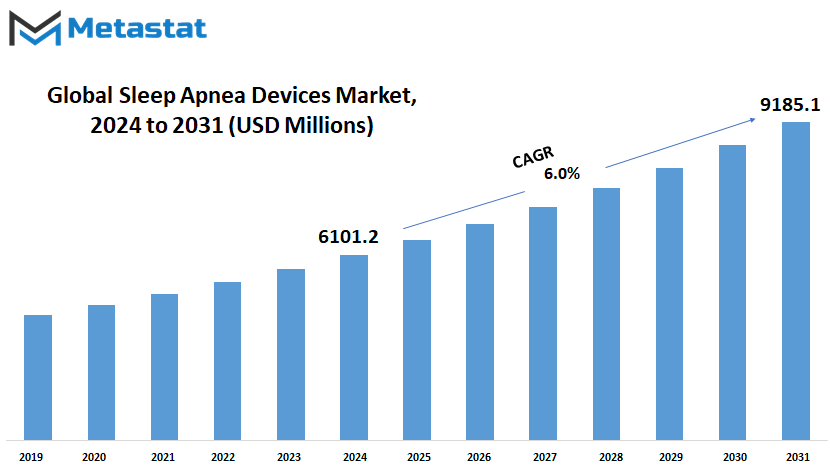
GROWTH FACTORS
The global sleep apnea devices market is expected to grow significantly with the presence of several key drivers outlining its potential in the future. The most important driver is the rising occurrence of sleep apnea. With better understanding and diagnosis of sleep disorders, more people are being diagnosed with sleep apnea, hence the need for treatment options that are perceived to work. This increased awareness, together with improved processes of screening, means more people are diagnosed and treated, thus increasing the demand for sleep apnea devices. There is rising public awareness of the health consequences resulting from uncured sleep apnea, mainly driving the growth of the market. Health campaigns and educative programs have played a crucial role in enlightening people on the risks involving sleep apnea, which includes cardiovascular diseases, diabetes, and hypertension. More people now visit the doctors to seek advisory services and opt for sleep apnea devices, hence expanding the market.
A primary limitation is that CPAP devices are pricey. CPAP is, after all, the most widely used and sought-after treatment for sleep apnea; however, due to its cost, it cannot be made available for many people and thus, impacts the masses. The other major issue is the one related to compliance and comfort issues associated with patients. Many users tend to be inappreciative of the devices, which might eventually lead to their disuse.
The above factors would, therefore, slow down the speed of sleep apnea devices acceptance rates. On the bright side, technological advancements hold quite a promising future for the sleep apnea devices market. Advancements in designs tend to create easier-to-use and more effective devices for the user. For instance, small quiet and comfortable designs improve user adherence and satisfaction. Smart technology better monitors and manages sleep apnea, which allows for personalized treatment options tailored towards individual need. Customization of devices for sleep apnea is another area of great promise. Customization, as per the individual-specific needs leads to increased comfort and more effective use, which will be reflected in the much healthier outcomes. Such an approach based on personalization is expected to draw many users to this market, and the market is expected to expand further.
The sleep apnea market will continue to grow due to high levels of prevalence and greater knowledge about the medical implications arising from it. High costs and compliance have limited expansion, though new technologies and customization pose opportunities for expansion. These factors can be improved to continue to expand the market and respond to clients with sleep apnea conditions.
MARKET SEGMENTATION
By Product
Therapeutic devices are those devices designed to treat and manage sleep apnea in a way that helps an individual maintain open airways during sleep. These include the CPAP machines, which are generally recognized as the gold standard for sleep apnea treatment. There is also BiPAP, a type that allows airflow at several pressures, and ASV, which, through sensing the breathing pattern, adjusts the pressure. Then there is the diagnosis coming with these devices. These machines monitor and record sleep patterns and breathing, among others for the presence of other vital signs, in cases where sleep apnea may be happening.
Polysomnography is diagnosed by sleep labs, which comprehends full range: monitoring, recording waves in the brain, blood oxygen levels, heart rate, and even breathing. Another popular test offered for home sleep apnea is an HSAT. They are non-invasive as well but can be taken within the comfort of a patient's own home. Technology developments are sure to shape sleep apnea devices in the future. Some of the technological developments include wearable devices and smart technology integration that are bound to rule the market. Wearable devices are made less invasive and user-friendly, hence impacting patient compliance in a great way.
Secondly, in involving smart technology into sleep apnea devices, it enables constant monitoring and data analysis that proves very insightful to healthcare providers on a patient's condition and whether the treatment is effective or not. With global aging and ever-increasing obesity levels, the condition of sleep apnea is likely to continue its scale-up.
Thus, efficient sleep apnea devices are also expected to be in demand based on this trend in the near future. Improvements in the healthcare infrastructure of emerging economies as well as an increase in healthcare expenditure are also likely during this period to make these devices more accessible to a larger population in these markets. The global sleep apnea devices market is going to witness huge growth due to technological advancements and rising awareness regarding sleep health in the future. Continuous innovation and accessibility may emerge as effective answers for the effective management of sleep apnea.
By Therapeutics
Of the therapeutics on hand, PAP devices take a very special position. These work by creating a steady flow of air via a mask that keeps the airway open. Indeed, they have superior efficacy and are considered one of the cornerstones in mid-to-severe levels of sleep apnea. More advanced technology will probably help in contributing to the provision of more comfortable and user-friendly PAP devices and, therefore, better patient compliance.
Another innovative approach is Adaptive Servo-Ventilation, which changes the pressure of air according to the pattern of breathing of the patient. It is highly effective for treatment purposes in complex sleep apnea, which includes characteristics of both obstructive and central sleep apnea. There is a predicted increase in demand for ASV devices as they will be offering patient-specific therapy in the future.
These have, therefore, oral appliances that are gaining popularity due to them being considered as non-invasive means. Above all, they are beneficial for people suffering from mild and moderate forms of sleep apnea. These appliances are created similar to a mouthguard, which relocates the jaw to expand the airways. Due to the ease of use and portability, much interest has been generated in this respect among patients. Further improvement in this field would be on improving the fitness and comfort of the appliance, thereby making it thus more appealing.
Other factors for which oxygen devices are mainly applied are to patients who already suffer from concurrent diseases such as COPD, which complicates sleep apnea. These will offer continuous oxygen, hence ensuring proper blood oxygen levels even during sleep. As scientists continue to develop an understanding of the relationship linking other respiratory conditions to sleep apnea, oxygen therapy is bound to increase in the treatment programs.
Although airway clearance systems do not treat sleep apnea itself, they are actually crucial to those whose condition is complicated by sputum production. A system for managing excess mucus could be established to clear the airways as easily as possible so that, when sleeping at night, patients could easily breathe without experiencing apnea-like events.
By Diagnostics
Advancements in technology and a greater understanding of sleep disorders are making a huge impact on the global market for sleep apnea devices, which are expected to boom in the years ahead. Considering the multifarious health implications if untreated at an early stage, afflicting millions around the world, this sleep disorder is gaining traction. As people become increasingly aware of the condition, demand for appropriate diagnostic and therapeutic devices is witnessing an upsurge.
Major categories in this space include diagnostics, with a range of complex devices that can detect and monitor sleep apnea. There is the actigraphy system, one of the portable, wearable ones that record movement and rest patterns to give a pretty good indication of what quality of sleep and disturbances might have taken place. The popularity of such systems is on the rise due to their non-invasive nature and ease of use.
A second very valuable tool for sleep apnea diagnostics is Polysomnography (PSG) equipment. PSG stands alone as the gold standard of diagnosis for sleep apnea, detailing all brain activity, eye movements, heart rate, and breathing activity throughout the night. Traditionally, this would take place in a sleep laboratory. Advances in technology, however, make home-based PSG much more feasible. Individuals can even be tested from the comfort of their beds.
The third area of crucial diagnostic equipment is respiratory polygraphy, which measures many variables-including airflow, effort at breathing, and oxygen levels-carrying an entire picture of just what is happening to a patient's breathing when asleep. Such devices can be critical in the diagnosis of obstructive sleep apnea, where the airway becomes blocked in sleep.
Sleep screening devices are also emerging with increased popularity. Portable and user-friendly, these devices give an initial screening for sleep apnea; hence, early detection followed by prompt treatment. With advancements in technology, the accuracy and reliability of such devices have visibly improved to make them an essential part of sleep disorder management.
By End User
Therefore, the demand for sleep apnea devices is expected to strongly surge in the global market in the next few years as sleep apnea is such a disorder that affects millions of people around the globe and the need for effective treatment solutions rises. In fact, the more that awareness about this sleeping disorder increases, the more people seek medical help by increasing the adoption of sleep apnea devices. These devices are important for diagnosing and treating sleep apnea, which leads to a better quality of life for sleep apneic patients. In the sleep apnea devices market, there are end-users who have broadly categorized the market into two segments: sleep laboratories and hospitals, and home care settings or individuals.
Traditional sleep laboratories and hospitals have traditionally been the main centers for diagnosing and managing sleep apnea. In these setups, the sleep patterns of patients are recorded through advanced equipment for comprehensive studies on their sleep. This data will be used to make an accurate assessment of the degree of the disorder and to plan a proper course of treatment. Advanced technology improves the equipment used in sleep laboratories and hospitals. It will provide much more precise and reliable results. This is on the other hand; currently, sleep apnea management has grown increasingly in home care settings. For most patients, home care settings are convenient and comfortable.
Those devices designed for home use are also gaining popularity since one can monitor and manage their condition from the comfort of their home. Devices are user-friendly and portable, thus reaching masses of people. Conveniences offered by home care settings are likely to drive significant growth in this segment of the market as well. Additionally, the increasing concern with regard to telemedicine and remote patient monitoring is to further boost the home care segment of the market. Telemedicine will enable these providers to monitor or assess patients from a distance, and thus offer the affected patients a much more flexible and accessible option. As the stage of global health care progresses, the appetite for new, efficient sleep apnea devices will surely grow further, offering new hopes for patients and doctors alike in the treatment of this highly prevalent illness.
|
Report Coverage |
Details |
|
Forecast Period |
2024-2031 |
|
Market Size in 2024 |
$6101.2 million |
|
Market Size by 2031 |
$9185.1 Million |
|
Growth Rate from 2024 to 2031 |
6.0% |
|
Base Year |
2022 |
|
Regions Covered |
North America, Europe, Asia-Pacific Green, South America, Middle East & Africa |
REGIONAL ANALYSIS
It is indeed a significant, and growing niche that advances in healthcare technology and increasing sensitization regarding sleep disorders are adding to. Rising diagnosis of sleep apnea-an interrupted breathing condition during sleep-created increased demand for an effective treatment device. These consist of CPAP machines, masks, and oral appliances that have become very effective in managing the condition and improving the quality of life among patients. It is imperative to analyze it from a geographical perspective in contemplating the future of this market.
The market share for North America are substantial, driven by high rates of diagnosis and treatment of sleep apnea. All of these factors sum up the reason why the United States, Canada, and Mexico are key contributors to this dominance. Undeniably, the U.S. is dominating mainly because of its advanced healthcare infrastructure and large population of patients, while both Canada and Mexico are just beginning significant deployments of these devices because of the growing awareness and improvements in their healthcare.
The other region that is significant for the Sleep Apnea Devices market is Europe. Countries like the UK, Germany, France, and Italy are known to be quite strong in health, particularly with an increasingly worried focus on sleep health. The European region is likely to grow as the government and health care are more and more focusing on the diagnosis and treatment of sleep apnea. Further innovations and technological advancements in the field of sleep apnea devices would also propel the market expansion across the regions of Europe. The Asia-Pacific region is expanding the Sleep Apnea Devices market extensively.
There are four major drivers in this growth-generating market: India, China, Japan, and South Korea. Increasing lifestyle-related health problems like obesity and diabetes, which are interlinked with the disease, have led to growing awareness of sleep apnea and, subsequently, increasing diagnosis. With better access to health care and increases in disposable income, a large number of people in the Asia-Pacific region are seeking and receiving treatment for sleep disorders. Brazil and Argentina are the leaders in South America, followed by the rest of the region. Along with increasing urbanization and lifestyle changes, the incidence of sleep apnea is taking on an alarming shape.
This region is registering growth in the market, where all those seeking medical help for sleep-related afflictions are supported by the gradual improvement in healthcare services. A part of the study region becomes, including the Middle East & Africa region, countries in the GCC along with Egypt and South Africa. The market is relatively smaller in this region than many other regions; however, this market holds a great potential for growth due to increasing awareness of sleep apnea and developing healthcare infrastructure. Such a market is the worldwide Sleep Apnea Devices market, which is set to grow in all regions-inspirited by developments in technology, increased knowledge of the condition, and still advancing healthcare. Each region will bring its own opportunities as well as challenges. The common trend, though, is for growth and innovation-through better outcomes for people suffering from sleep apnea everywhere.
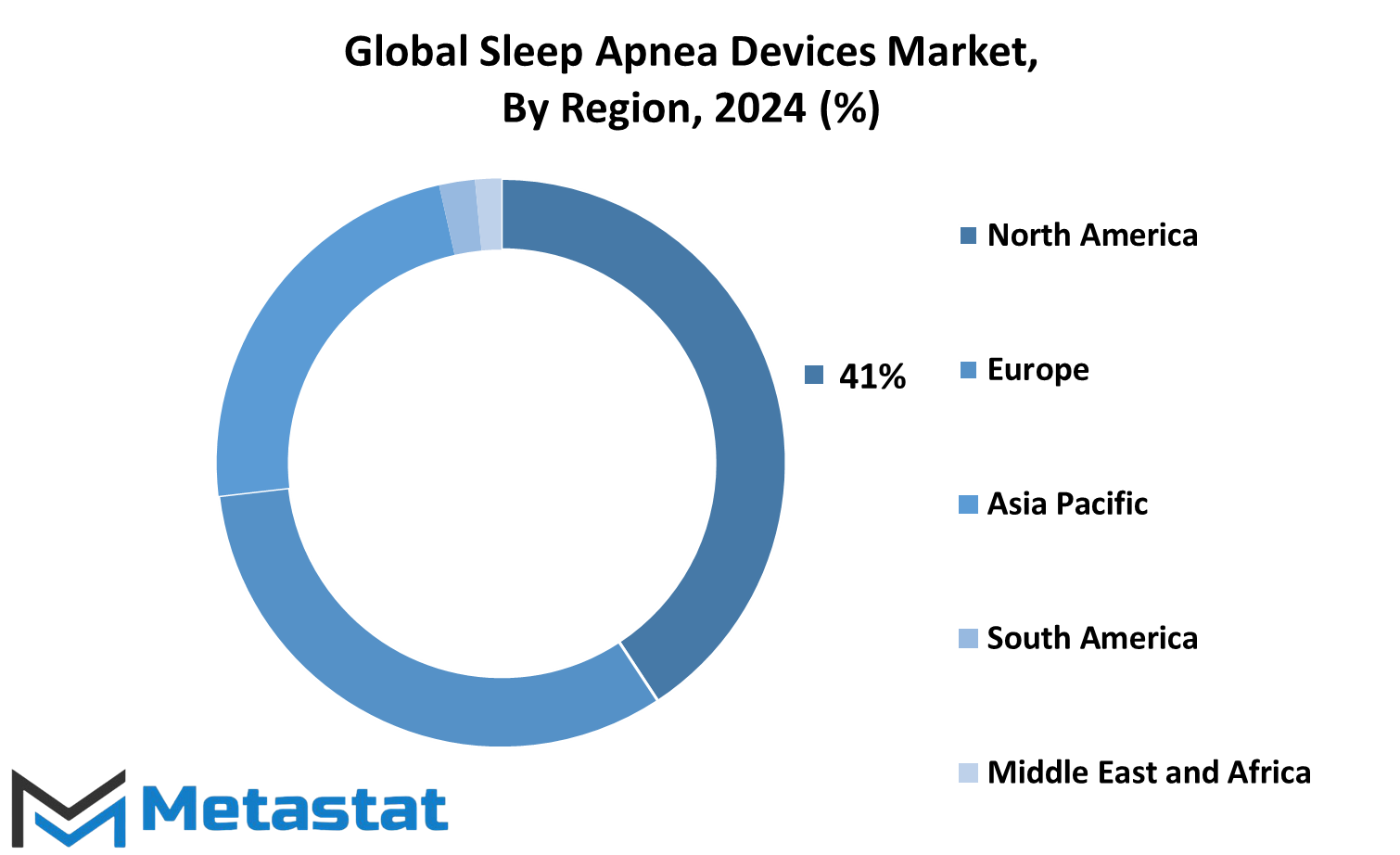
COMPETITIVE PLAYERS
The global market for sleep apnea devices will evidently rise as awareness related to sleep disorders and their impact on health continues to increase. Sleep apnea is a condition where people stop breathing for seconds or even minutes during their sleeping time and impacts millions of people around the world and can lead to serious health conditions if it goes unchecked. Advances in technology and innovative products will continue to influence the demand for effective treatments in the sleep apnea devices market.
The industry of sleep apnea devices has several key players at the forefront, which dictates the competitive landscape. Advanced Brain Monitoring, Inc. and BPL Medical Technologies are among those companies in the spearhead of research and development in the field that have really advanced or developed devices to make them more efficient and user-friendly. Contributions from Cadwell Laboratories Inc. and Compumedics Limited with respect to their newly developed diagnostic equipment to improve early diagnosis and treatment of sleep apnea do not go unnoticed by the market. Again, such giants in the market as Fisher & Paykel Healthcare Limited and General Electric Healthcare are spotted to be on a high with their high-quality therapy devices guaranteeing relief to patients with sleep apnea.
Their PAP equipment and all other appliances for respiration will provide patients with better results in medical treatment and sleep quality. ZOLL Itamar Ltd. and ResMed Inc. are also leaders in the industry, offering a wide variety of products in all areas related to sleep apnea management. Masimo Corporation and Natus Medical Incorporated have succeeded in breaking some crucial grounds in monitoring technologies, which are elemental in the correct diagnosis and treatment of patients.
The two companies concentrate on developing non-invasive monitoring systems that may be used both in clinical environments and homes. Other companies popularly known in this market include Nihon Kohden Corporation and React Health, among others, which are contributing to this sector by implementing new technologies that benefit upgrading patient care. Somnomedics GmbH and transcend, Inc. is the name which is popularly known for portable and travel-friendly sleep apnea devices for patients who need to keep up their treatment on the go. Products and therapies in the neurostimulation category have been revolutionized with LivaNova PLC and Inspire Medical Systems, Inc.
The sleep apnea devices market will continue its upward path for the future, as lead by basic research and advancement in technologies. Artificial intelligence and machine learning into the slumber apnea devices could also change the way this condition is diagnosed and treated, paving the way for more personalized effective care.
The more competition between major players, the better it will be for patients - more choices and easier access to life-changing treatments. The industry has to grow steadily as the leaders of the industry continuously aim to improve the lives of sleep apnea patients. Continuous innovation and the focus on the needs of the patients who require these devices look promising for the industry, but more importantly for its long-term users.
Sleep Apnea Devices Market Key Segments:
By Product
- Therapeutic devices
- Diagnostic devices
By Therapeutics
- Airway Clearance System
- Adaptive Servo-ventilation (ASV)
- Positive Airway Pressure (PAP) Devices
- Oral Appliances
- Oxygen Devices
- Others
By Diagnostics
- Actigraphy Systems
- Polysomnography (PSG) Device
- Respiratory Polygraph
- Sleep Screening Devices
By End User
- Sleep Laboratories & Hospitals
- Home Care Settings/Individuals
Key Global Sleep Apnea Devices Industry Players
- Advanced Brain Monitoring, Inc.
- BPL Medical Technologies
- Cadwell Laboratories Inc.
- Compumedics Limited
- Fisher & Paykel Healthcare Limited
- General Electric Healthcare
- ZOLL Itamar Ltd.
- ResMed Inc.
- Masimo Corporation
- Natus Medical Incorporated
- Nihon Kohden Corporation
- React Health
- Somnomedics GmbH
- Transcend, Inc.
- LivaNova PLC
WHAT REPORT PROVIDES
- Full in-depth analysis of the parent Industry
- Important changes in market and its dynamics
- Segmentation details of the market
- Former, on-going, and projected market analysis in terms of volume and value
- Assessment of niche industry developments
- Market share analysis
- Key strategies of major players
- Emerging segments and regional growth potential



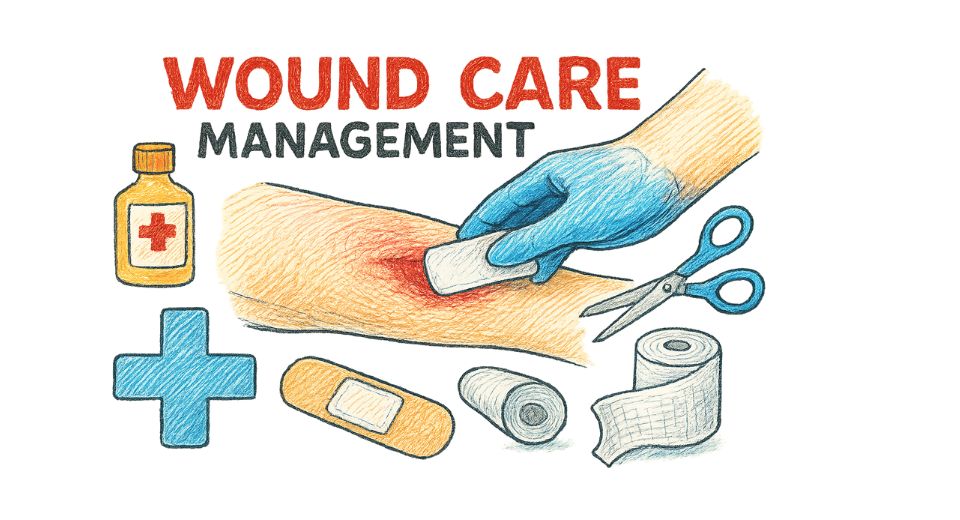

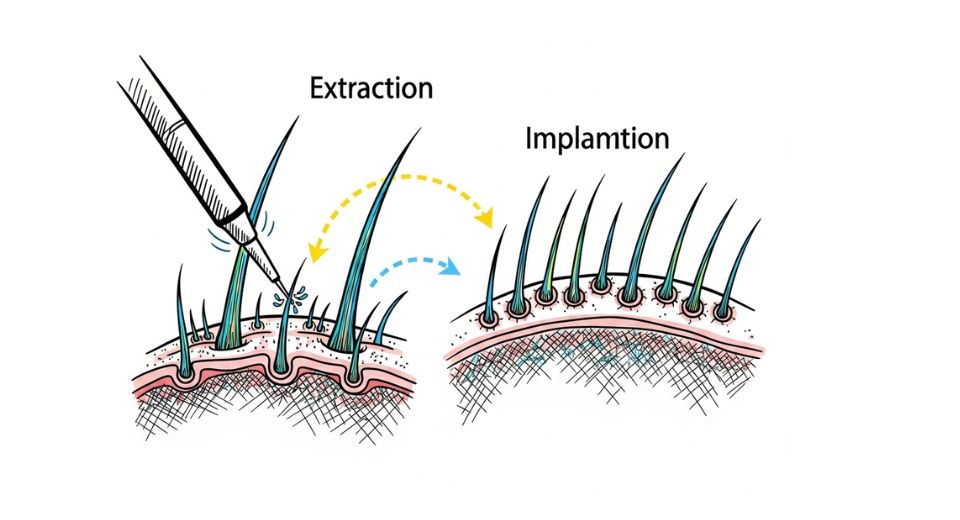
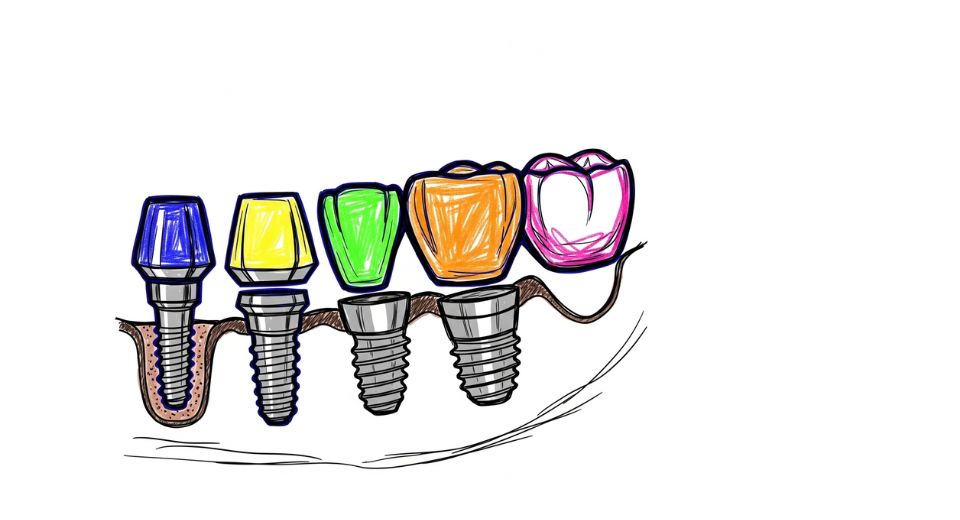

 US: +1 3023308252
US: +1 3023308252






